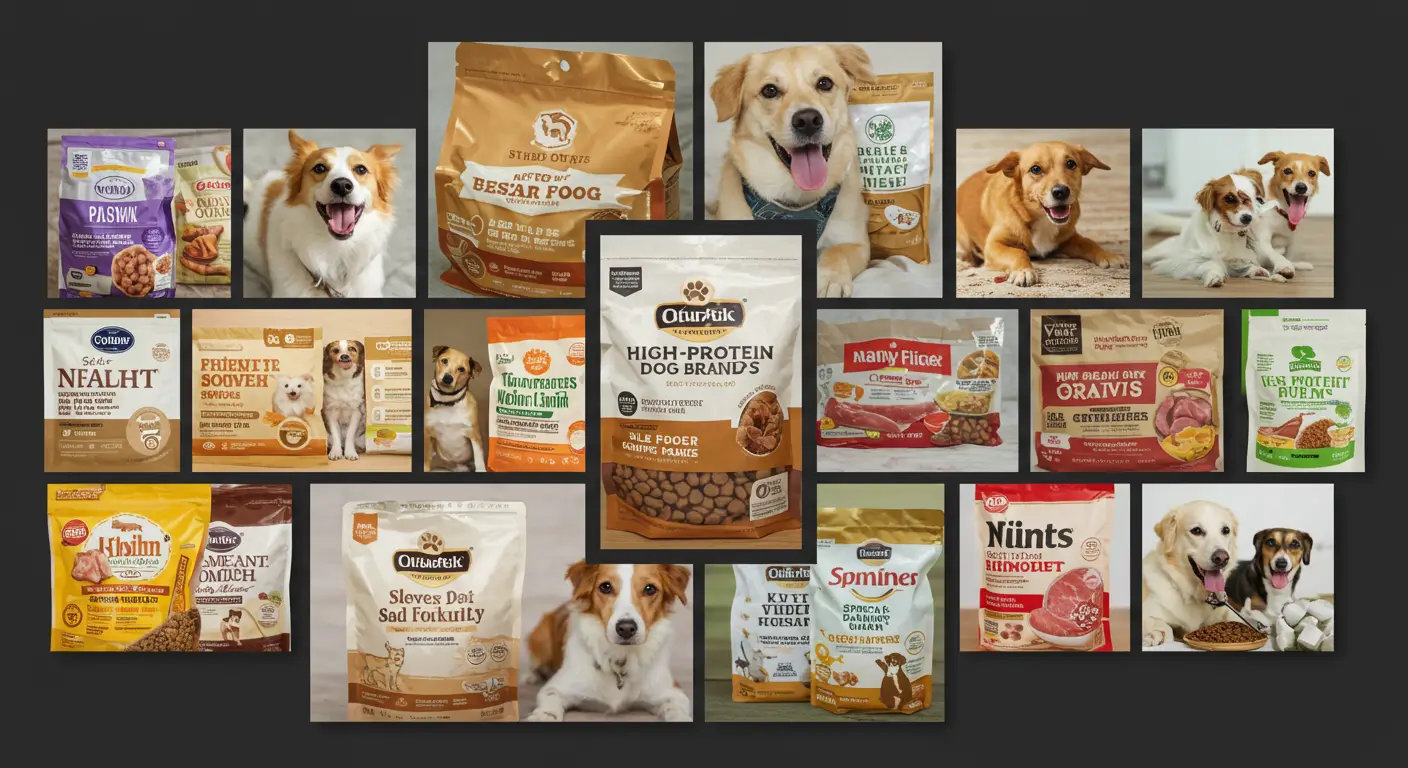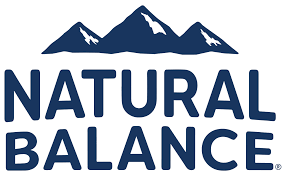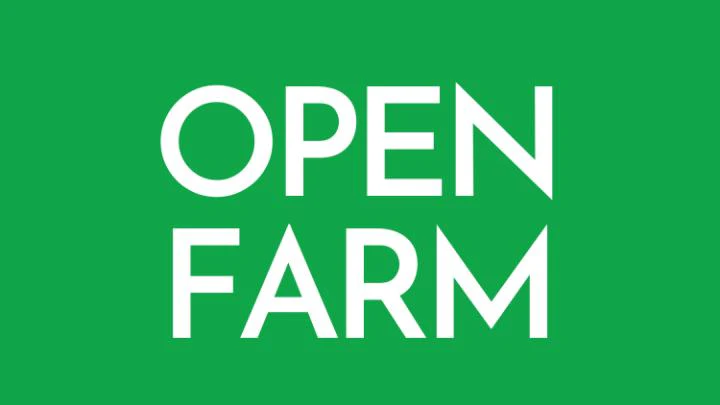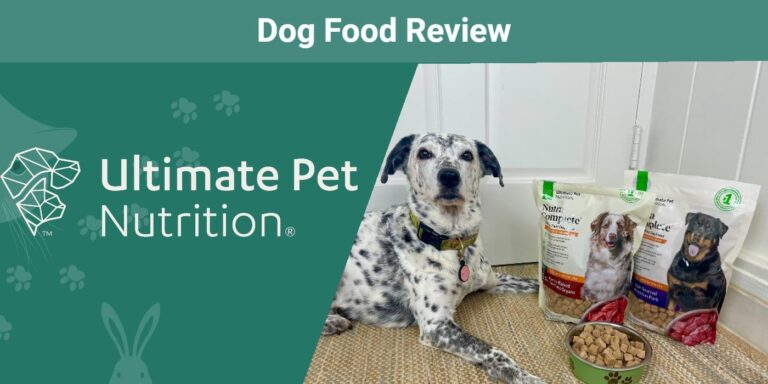Protein is a crucial component of a dog’s diet, supporting muscle growth, tissue repair, and overall health. High protein dog food is popular with pet owners. They want to improve their dog’s nutrition.
This is especially true for active breeds, working dogs, and dogs that need to manage their weight. But is high protein food the right choice for every dog? This article explores the benefits, potential drawbacks, and factors to consider when selecting a high protein dog food.
What is High Protein Dog Food?
High protein dog food contains a greater percentage of protein than standard dog food formulas. While traditional dog food contains 18-25% protein, high protein varieties often have 30% or more. These foods use sources like:
- Animal proteins – Chicken, beef, fish, lamb, turkey
- Plant proteins – Peas, lentils, chickpeas, sweet potatoes
- Eggs and dairy – Eggs, cheese, yogurt
The goal of high protein diets is to help dogs keep lean muscle. These diets also boost energy and support overall health for dogs with special dietary needs.
Benefits of High Protein Dog Food
1. Supports Muscle Growth and Maintenance
Protein is essential for muscle development, making high protein diets ideal for:
- Active and working dogs
- Puppies and growing dogs
- Senior dogs needing muscle support
2. Boosts Energy Levels
Active breeds, like Border Collies and Huskies, need high protein dog food. This type of food gives them energy without too many carbs.
3. Helps with Weight Management
Protein promotes satiety, meaning dogs feel fuller for longer. This can help prevent overeating and support healthy weight management.
4. Enhances Coat and Skin Health
Amino acids in protein help maintain a shiny coat and healthy skin, reducing shedding and irritation.
5. Supports a Strong Immune System
Protein plays a role in producing antibodies and enzymes that protect against infections and illnesses.
Pros and Cons of High Protein Dog Food
Pros
✅ Promotes Lean Muscle Mass – Ideal for active dogs, growing puppies, and aging pets.
✅ Helps Manage Weight – Keeps dogs fuller for longer, reducing overeating.
✅ Improves Coat and Skin – Essential amino acids contribute to a shiny coat and healthy skin.
✅ Better Energy Levels – Great for high-energy breeds that need endurance and strength.
Cons
❌ May Not Be Suitable for All Dogs – Some dogs with kidney issues may struggle with high protein intake.
❌ Potential for Excess Calories – High protein diets can be calorie-dense, leading to weight gain if not portioned properly.
❌ Digestive Sensitivity – Some dogs may experience digestive upset if their body isn’t used to higher protein levels.
❌ Higher Cost – Premium, high-protein formulas often cost more than standard dog food.
Who Should Feed Their Dog High Protein Dog Food?
High protein diets are best suited for:
- Active and working dogs – Hunting dogs, police dogs, herding dogs, and agility competitors.
- Puppies and young dogs – Growing bodies need extra protein for development.
- Senior dogs with muscle loss – Protein helps prevent muscle deterioration in older dogs.
- Dogs recovering from illness or surgery – Protein supports healing and tissue repair.
Dogs with kidney disease, liver problems, or metabolic issues need to see a vet. This is important before switching to a high-protein diet.
How to Choose the Best High Protein Dog Food
1. Look for Quality Protein Sources
Choose foods that list real meat, fish, or eggs as the first ingredient rather than meat by-products or fillers.
2. Check the Protein Percentage
A good high protein dog food should contain at least 30% protein for optimal benefits.
3. Avoid Excessive Fillers
Some brands use low-quality plant proteins (like corn gluten meal) instead of real meat. Whole food sources are better for digestion and absorption.
4. Consider Your Dog’s Age and Activity Level
- Active dogs = 30-40% protein
- Senior dogs = 25-30% protein
- Puppies = 28-35% protein
5. Choose a Balanced Diet
While protein is important, ensure the food also contains healthy fats, fiber, vitamins, and minerals for overall nutrition.
Best High Protein Dog Food Brands
If you’re considering switching to a high protein diet, here are some top brands:
| Brand | Protein Content | Key Ingredients | Best For |
|---|---|---|---|
| Orijen Original | 38% | Free-run chicken, turkey, fish | Active and working dogs |
| Blue Buffalo Wilderness | 34% | Deboned chicken, peas, sweet potatoes | Weight management, high energy dogs |
| Taste of the Wild | 32% | Bison, venison, lamb, salmon | Dogs needing novel proteins |
| Wellness CORE | 36% | Turkey, chicken, salmon oil | Muscle growth, coat health |
| Purina Pro Plan Sport | 30% | Chicken, rice, egg | Sporting and performance dogs |
Each of these options provides high-quality protein sources and avoids unnecessary fillers.
Transitioning to High Protein Dog Food
Transitioning to a protein-rich diet should be done slowly to prevent digestive issues. Follow this schedule:
- Day 1-2: 75% old food, 25% new food
- Day 3-4: 50% old food, 50% new food
- Day 5-6: 25% old food, 75% new food
- Day 7: 100% new food
Monitor your dog’s digestion, stool consistency, and energy levels to ensure a smooth transition.
Final Thoughts: Is High Protein Dog Food Right for Your Dog?
High protein dog food is a great choice for active, working, or growing dogs. It helps them build muscle and gives them energy. It provides better weight management, improved coat health, and stronger immunity when formulated correctly.
Not all dogs need high protein diets. Too much protein can harm dogs with kidney or liver problems. Always consult your veterinarian before making a dietary change.
Would you consider switching to high protein dog food for your dog? Let us know your thoughts!







